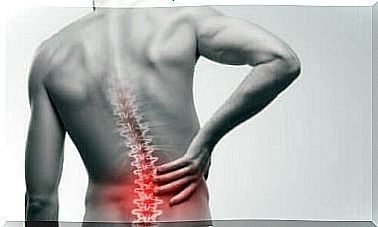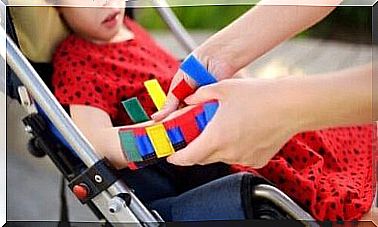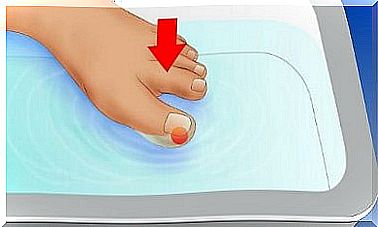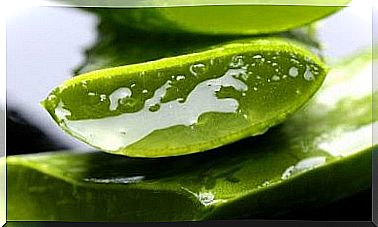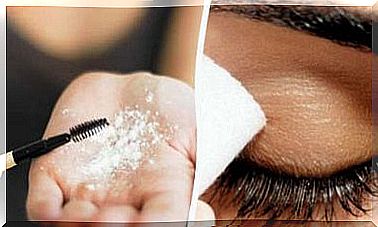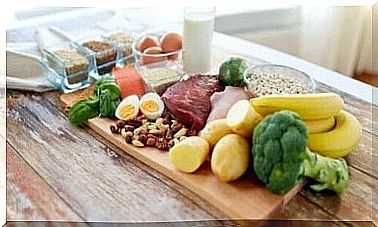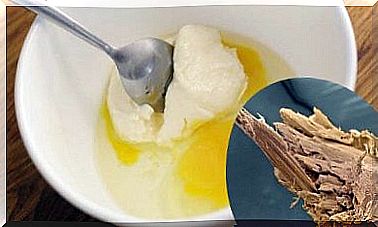What Is Prolactin And How Does This Hormone Work?
The prolactin level changes in the course of life. It is higher in childhood, but decreases in adulthood.
Prolactin is a hormone that consists of various peptides and is mainly synthesized by the cells of the adenohypophysis. By studying the physiology and biochemistry of this hormone, it was found that it performs over 300 functions in various body tissues and organs.
The most important functions include milk production in the mother’s breast and the synthesis of progesterone in the corpus luteum.
When the baby is breastfeeding while breastfeeding, it promotes high-quality synthesis of this hormone. It is regulated through positive feedback. On the other hand, the hormone level can also change very easily. Because factors such as stress can increase or decrease the prolactin levels.
What are the functions of prolactin?
Since the prolactin receptors are extensive in mammals , this hormone can have a wide variety of effects on the organism. We’ll then take a closer look at some of the best-studied functions of this hormone.
reproduction
Prolactin plays an essential role in the morphological and functional development of the breasts and the secretions of the corpus luteum. That is why it is also fundamental for fertility.
Prolactin is necessary for the milk ducts in the breast to branch, grow and develop during pregnancy. In addition, this hormone assumes various functions in the synthesis of breast milk:
- It stimulates the acquisition of amino acids,
- increases the synthesis of casein and lactoalbumin,
- stimulates the acquisition of glucose
- and improves the synthesis of lactose and milk fatty acids.

Homeostasis
Prolactin not only regulates certain reproductive functions, but is also responsible for a number of self-regulatory functions that enable the composition and properties of the internal environment to be maintained.
In this context, the immunoregulatory effects of prolactin should be emphasized , which are directly or indirectly related to the development and maturation of the thymus cells and the cells of the peripheral lymphoid organs.
In addition, prolactin regulates homeostasis, controls the transport of sodium, calcium and chloride ions across the epithelial membranes of the intestine, is responsible for the collection of amino acids by the epithelial cells of the mammary glands and also for other ions and water in the kidney.
In the sweat and lacrimal glands, prolactin also regulates the ionic composition.
Regulation of the secretion of prolactin
Numerous physiological stimuli regulate the secretion of prolactin:
- The baby’s sucking on the nipple
- Stress,
- the increase in steroids in the ovaries, especially increased levels of estrogen,
- and other factors.
All of these stimuli are picked up by the hypothalamus and subsequently releasing and inhibiting factors of prolactin secretion are activated. In this way , the hypothalamus mainly has an inhibitory effect on the synthesis and secretion of prolactin.
In addition, the synthesis and secretion of this hormone is regulated by many other releasing factors by other cells of the adenohypophysis and pituitary gland.
In addition, dopamine is the most important inhibitor of prolactin synthesis and secretion. This neurotransmitter has an inhibitory function after interacting with the dopaminergic receptors D2 in the membrane of lactotropic cells.
Other substances that regulate the secretion of prolactin are:
- Histamine is activated via H1 and H2 receptors. The activation of the H1 receptors has a stimulating effect on the release of prolactin. The H2 receptors have an inhibitory function.
- The activation of acetylcholine favors the release of dopamine and consequently inhibits prolactin production.
- The thyroid stimulating hormone not only acts on the thyroid gland, but also stimulates the secretion of prolactin by the lactotropic cells of the pituitary gland.
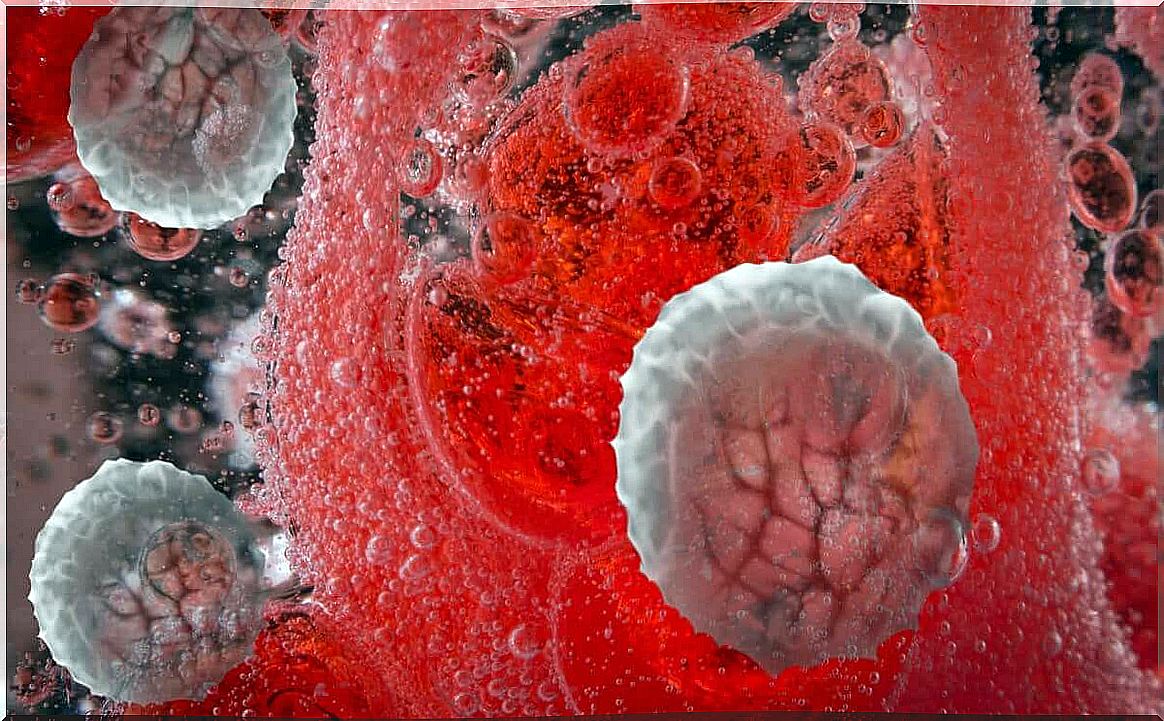
Patterns of secretion of prolactin
The prolactin levels vary over the course of life. They are increased in childhood but then decrease until they reach normal adult levels.
In old age, the prolactin levels increase again as the inhibitory effect in the hypothalamus decreases. In addition, the levels of prolactin in the blood vary over the course of the day. The values are higher during sleep than in the waking state.
Final summary
Prolactin is a natural hormone in the human organism that plays a role in numerous biochemical processes. But it takes on the most important tasks during the reproductive phase and in homeostasis.
It is very important to control the levels of this hormone as it can increase or decrease and cause various symptoms. Ask your doctor if you have any doubts or questions about this matter.
